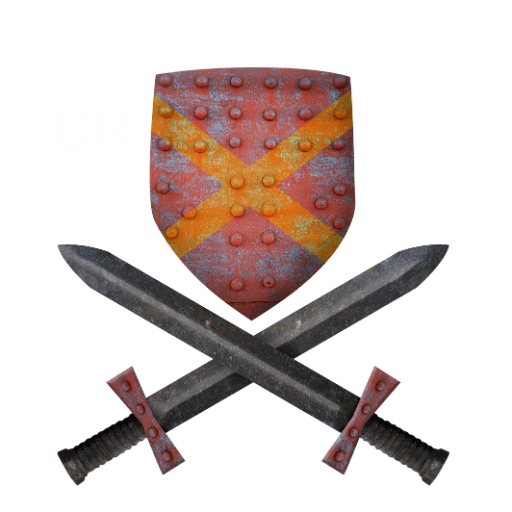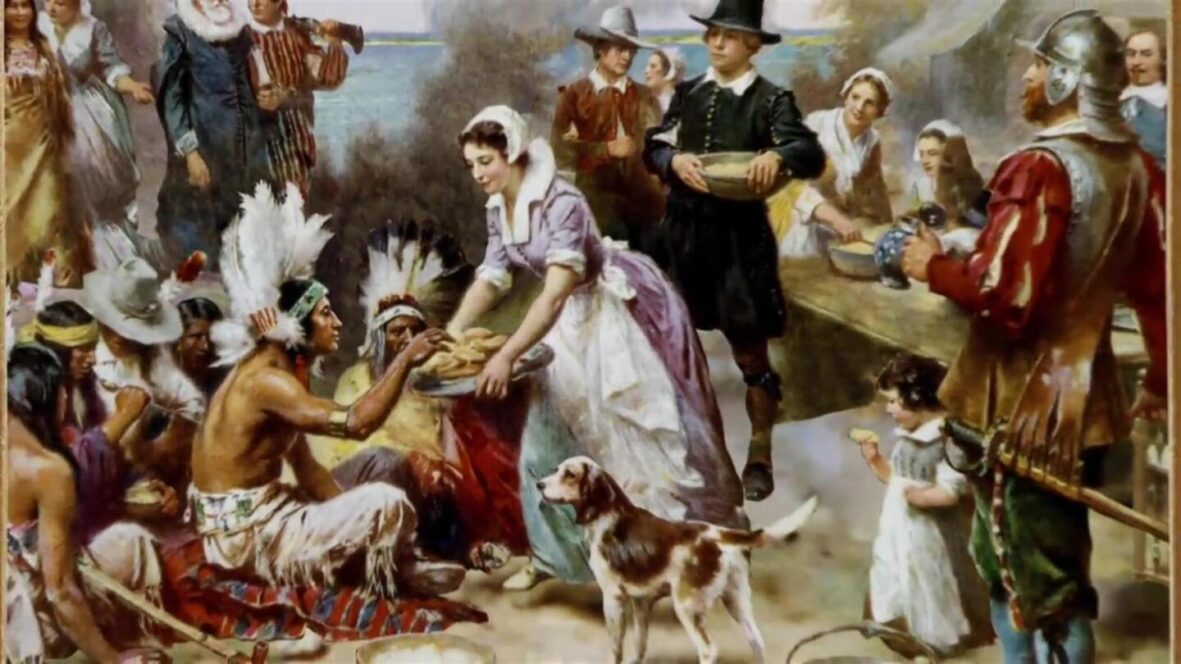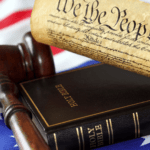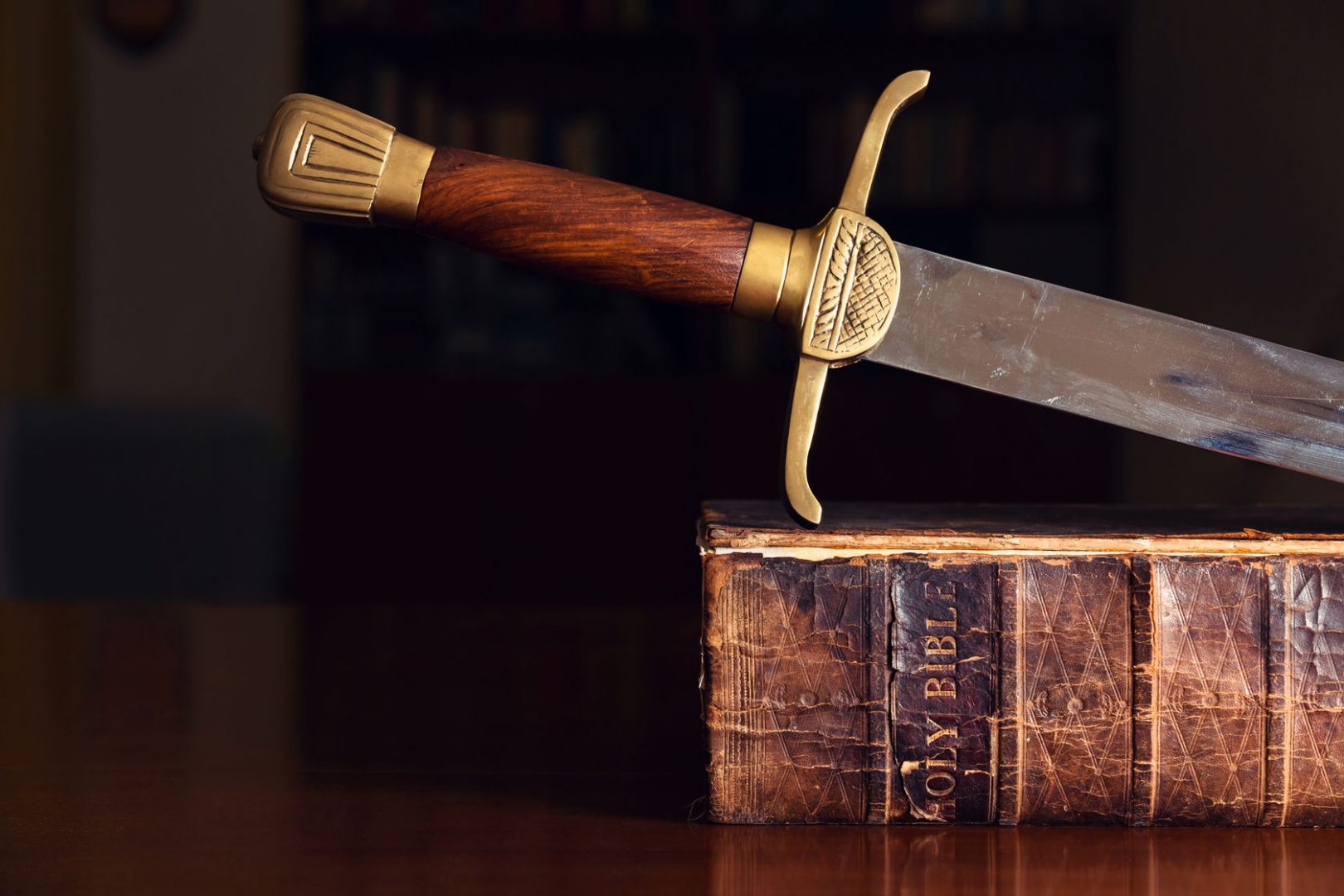Ah, Thanksgiving! A day when we gather with family, eat enough food to make a Roman emperor blush, and engage in the time-honored tradition of awkward conversations with relatives. But beyond the mashed potatoes and Uncle Bob’s questionable jokes lies a story that’s richer and, frankly, much more inspiring than your grandma’s gravy. The real history of Thanksgiving is one of faith, survival, and God’s incredible provision. Spoiler alert: it’s not about cranberry sauce.
Meet the Pilgrims: Religious Rebels (and Terrible Gardeners)
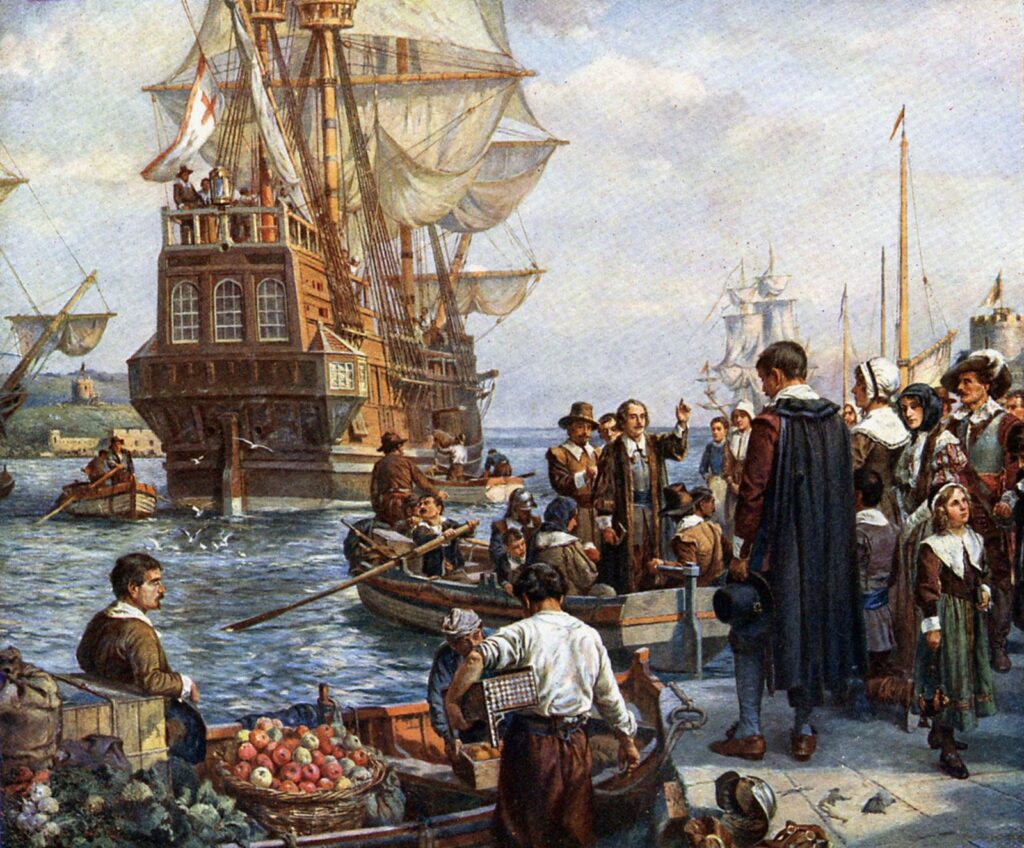
Let’s start with the Pilgrims, a ragtag group of English Separatists who weren’t just fleeing bad fashion trends (ruffles, anyone?). These folks were serious about their faith. They wanted a place to worship God freely, without the Church of England breathing down their necks. So, they packed their lives—and presumably way too much hardtack—onto the Mayflower and set sail for the New World in 1620.
When they arrived, they faced a brutal reality. The New World didn’t come with a welcome mat or an instruction manual. Harsh winters, disease, and a severe lack of DoorDash wiped out nearly half their community that first year. Yet, through it all, they clung to their faith like a toddler clings to a blanket. “The Lord gave, and the Lord has taken away; blessed be the name of the Lord” (Job 1:21, LSB) wasn’t just a verse to them—it was their survival motto.
Squanto: The Divine Plot Twist
Enter Squanto, the plot twist no one saw coming. Imagine the Pilgrims’ surprise when an Indigenous man walked into their camp and greeted them—in English. Squanto wasn’t just your average friendly neighbor; he was a walking, talking miracle. Years earlier, he’d been captured by English traders, sold into slavery, freed by Christian monks (yes, monks!), and eventually made his way back home only to find his tribe wiped out by disease. Tragic? Yes. Providential? Also yes.
Squanto became the Pilgrims’ lifeline. He taught them how to grow corn, fish, and hunt—basically everything they were terrible at. Without him, Thanksgiving might have been the first Hunger Games. For the Pilgrims, Squanto was living proof that God’s provision often comes in unexpected ways. You pray for food, and God sends you a guy who can teach you how to catch a lobster. Go figure.
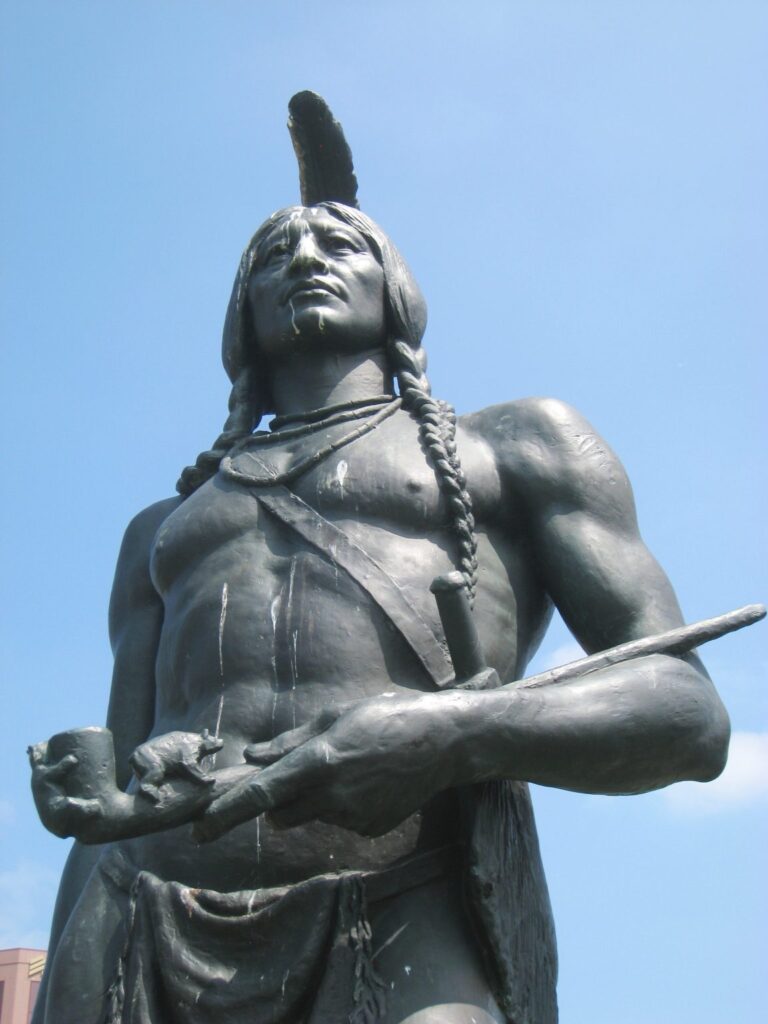
The First Thanksgiving: More Venison, Less Stuffing
By the fall of 1621, the Pilgrims finally had something to celebrate: a harvest that didn’t make them want to cry. Governor William Bradford declared a three-day feast to thank God for His blessings. And being good neighbors, the Pilgrims invited the Wampanoag tribe, led by Chief Massasoit. Fun fact: the Wampanoag brought five deer to the party. That’s right, folks—the first Thanksgiving had more venison than turkey. Sorry, Butterball.
The menu also featured corn, seafood, squash, and whatever else they could scrounge up—not exactly the carb-palooza we enjoy today. There was no pie (no ovens) or mashed potatoes (no spuds in America yet). But what they lacked in side dishes, they made up for in gratitude. This wasn’t just a meal; it was a worship service. They prayed, sang psalms, and shared stories of God’s faithfulness. It was less about the food and more about the faith.
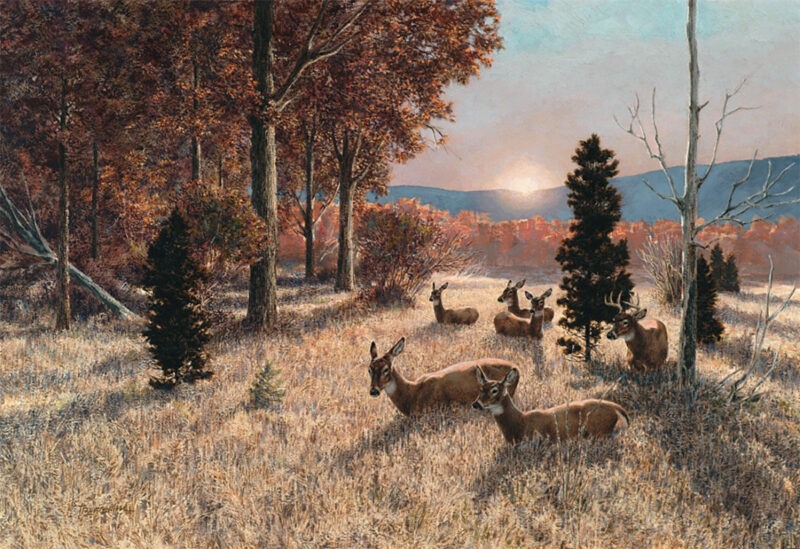
Fast Forward: Lincoln Makes It Official
Thanksgiving didn’t become a national holiday until 1863, when Abraham Lincoln—smack in the middle of the Civil War—decided the country needed a collective moment of gratitude. Inspired by Sarah Josepha Hale (the same woman who wrote “Mary Had a Little Lamb”), Lincoln called on Americans to thank God for His blessings, even amid turmoil. If the Pilgrims could praise God with half their colony gone, and Lincoln could do it during a war, surely we can manage a little gratitude—even if Aunt Carol burns the rolls.
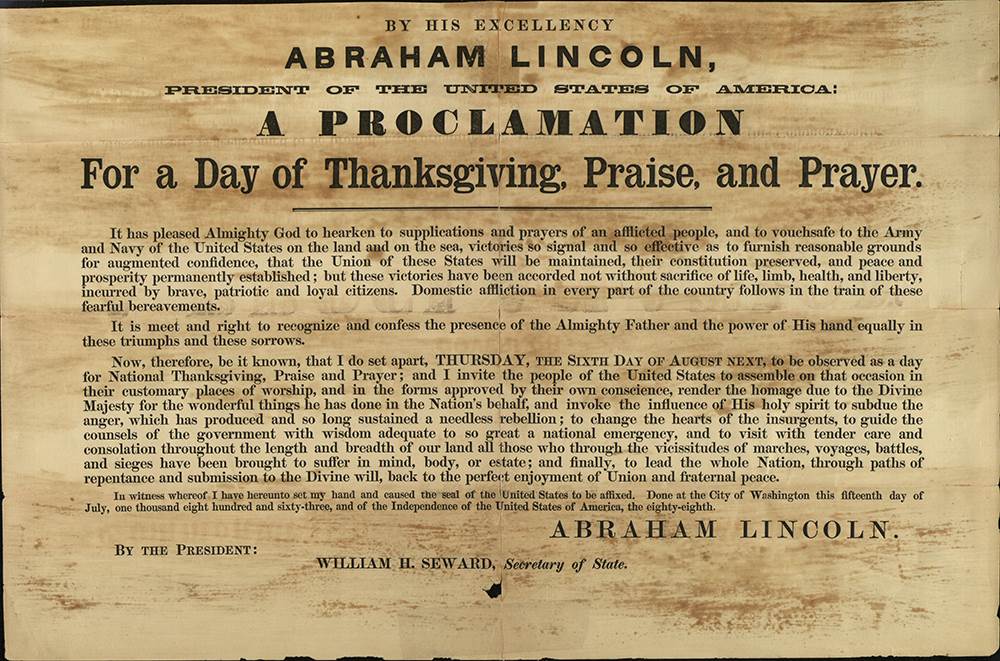
Thanksgiving Then vs. Now: From Psalms to Pumpkin Pie
Let’s be honest: Thanksgiving has changed a bit over the years. The Pilgrims weren’t debating marshmallow-topped sweet potatoes or arguing over who got the wishbone. They weren’t scrolling Black Friday deals or yelling at a football game. Their Thanksgiving was a humble, heartfelt expression of dependence on God—a reminder that everything, from a bountiful harvest to a roof over our heads, is a gift from Him.
Today, we still have plenty to be thankful for, even if it’s just the fact that Grandma finally upgraded her Jell-O salad recipe. As Psalm 100:4-5 says, “Enter His gates with thanksgiving and His courtyards with praise. Give thanks to Him, bless His name. For Yahweh is good; His lovingkindness endures forever, and His faithfulness generation unto generation.” The same God who provided for the Pilgrims is still providing for us—sometimes with grace, sometimes with gravy.
Lessons for Your Table (and Your Heart)
So, as you gather this Thanksgiving, take a moment to reflect on its real meaning. Thank God for His faithfulness, whether it’s seen in a roof over your head or the perfectly crispy edges on the stuffing. Remember the Pilgrims’ resilience, Squanto’s generosity, and the faith that carried them through unimaginable hardship. And if your turkey comes out dry? Well, there’s always more gravy.
Happy Thanksgiving! And don’t forget: gratitude pairs well with laughter (and maybe a second helping of pie).

